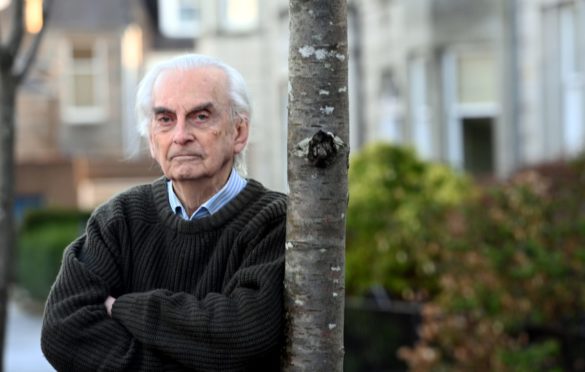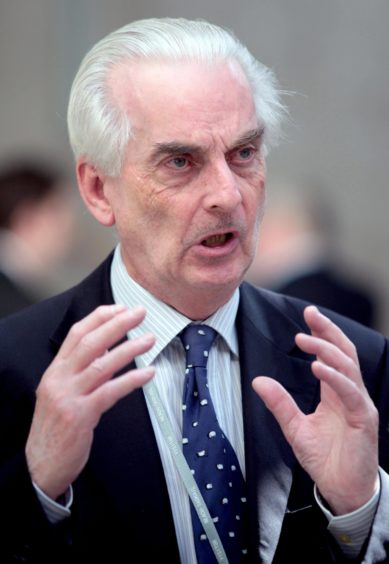The north and north-east is in a “good place” to enjoy the lifting of local travel restrictions from today thanks to a maintained drop in coronavirus cases.
Renowned microbiologist Hugh Pennington claims residents “shouldn’t see too much of an impact” on case levels as a result of the Scottish Government’s acceleration of lockdown easing – which includes the removal of the “stay local” rule from today and permission for six people from six households to meet outdoors.
Prof Pennington believes the “stay local” rule has been a “big burden on people” and feels the “right decision has been taken” to deviate from the original route map set out.
“It’s not going to have much of an effect on case numbers,” the Aberdeen University microbiologist said.
“If there is an outbreak in one particular place it may have stayed a bit more local before, but there’s no evidence that travel being relaxed is going to lead to a big surge in cases.
“The numbers across the country, and even in the central belt where they’ve been consistently higher, have fallen substantially and around our region the numbers are quite low so we shouldn’t see a problem arising from people going from, for example, Aberdeenshire to Aberdeen.”
“We must be canny”
However he warned people “must be canny about this because the virus has not gone away and can still cause problems in particular situations”.
The expert said the number of cases contracted outside is 20 times less than those contracted inside, meaning the reopening of places outdoors and gradually indoors is wise.
“If there is an increase there is time to think about what to do about it,” he added.
“We have got this far and don’t want to spoil it by being a little bit too quick.
“I’m satisfied with the policy decisions taken, but it is tough for pubs and I think there will be a reluctance to go any further and faster.”
Hospitality traders have persistently called for the reopening of venues both outdoors and indoors to be brought forward, and renewed those calls again this week as revellers returned to beer gardens south of the border.
“I can see why they are very annoyed,” Prof Pennington added.
“Restaurants, for example, have spent a lot of money putting in place screens and controls.
“The evidence is there through that there have been quite big outbreaks from gatherings inside. Though the vaccine is working well in delivery it’s not 100% and we still have to be careful to get, and keep, case numbers right down.
“There will be a reluctance to start opening up everything quicker until we have ramped up contact tracing and have a self-isolation system running really well, so we know if there is an outbreak we can get on top of it quickly, like we did in Aberdeen when we had the outbreak last year.”
Last August the Scottish Government released a list of 28 bars which had been impacted by clusters of cases leading to an outbreak of Covid-19 across the city, and forcing a local lockdown in Aberdeen.
Confusing for the public
Sympathising with hospitality business owners and indeed members of the public eager to see easing accelerated, Prof Pennington added: “We are all supposed to be following the science. It’s the same science we all have, but it’s being interpreted in slightly different ways which is confusing for the public.
“I have always been of the view it would be good to have a UK-wide agreement on policy.
“It’s the same virus affecting us all, so it does all seem a bit daft when you have the different governments moving the countries at slightly different dates.
“At the end of the day we are in the hands of the virus and if we can get the cases down and have very low levels around we will be in a better position to relax all restrictions like the ones the hospitality industry is jumping up and down to see gone.”
Scotland’s ‘stay local’ restrictions explained: Here’s what you can and can’t do from Friday











